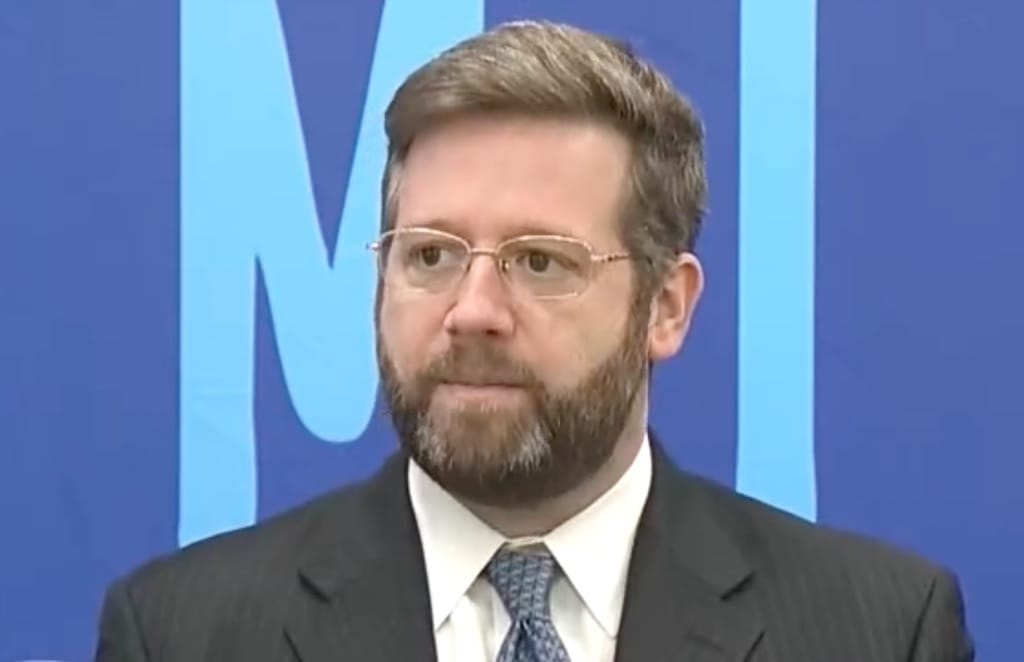NTIA Offers Guidance on Funding Starlink, Other Technologies with BEAD Money
Comments are due at the agency before September 11.
Jake Neenan

WASHINGTON, August 27, 2024 – The National Telecommunications and Information Administration published Monday draft guidance on how states can fund alternative technologies through its flagship broadband subsidy program. The agency is taking comments through September 10.
For the purposes of the $42.5 billion Broadband Equity, Access, and Deployment program, “alternative technologies” means fixed wireless broadband via unlicensed spectrum or low earth orbit satellite services like Starlink.
The BEAD program will still prioritize fiber-optic cable, and states can turn to alternative technologies only in areas where no ISPs using fiber, coaxial cable, or licensed fixed wireless apply for BEAD grants, or where their project costs would be above a certain threshold.
“Fiber is a future-proof technology that will grow with families’ data needs over time. It is the gold standard. But where fiber is not economically feasible, states and territories have other options,” Evan Feinman, the BEAD program director, wrote in a blog post announcing the guidance.
The draft guidance would require states to ensure there is no existing service from an alternative technology provider before funding such a deployment. That would mean both ensuring no government program is already funding unlicensed fixed wireless or satellite broadband, and that no provider is already offering service that meets BEAD’s speed and latency requirements.
For the second prong, the guidance proposed allowing any unlicensed fixed wireless or LEO provider in a project area – defined differently in each state – at least seven days to declare an interest, and another 30 days to provide documentation showing they can serve every home and business in a given project area up to BEAD standards. If a provider fails to clear that bar, it would not preclude them from applying for BEAD funds to expand service.
States are in varying stages of refining broadband coverage data in advance of awarding BEAD grants, but that process only includes data on technologies considered more reliable under the program like fiber and cable.
The guidance would also allow states to use BEAD funds to ensure sufficient capacity on LEO networks and cover the more expensive equipment necessary for consumers to subscribe – both sticking points that have made other government agencies wary of funding the technology.
The NTIA is seeking input on how best to orchestrate the reimbursement scheme for those LEO capacity grants.
“NTIA’s recognition that areas where uFWA and LEOs are already providing service and areas funded by government programs should be off the table for BEAD is a welcome instruction that states cannot afford wasteful overbuilding,” Steve Schwerbel, state advocacy manager for WISPA, said in a statement.
The group, whose members often use unlicensed spectrum to provide fixed broadband, successfully pushed the agency to treat Citizens Broadband Radio Service spectrum as licensed – more favorable for BEAD purposes.









Member discussion